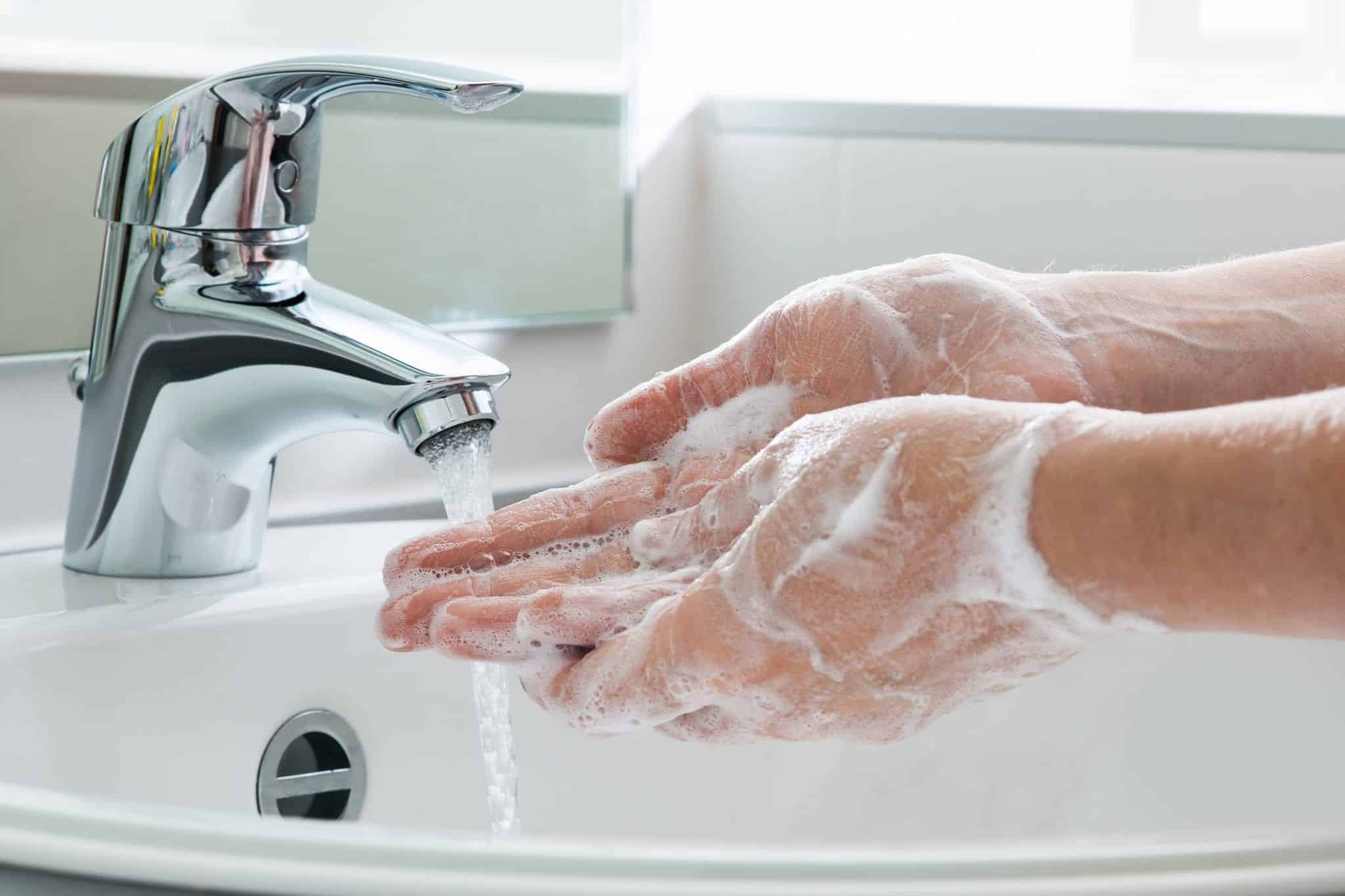Norovirus – better known as the “cruise ship virus” – is an extremely contagious stomach bug. You can get it not only directly from an infected person, but also from contaminated food or water, or even by touching contaminated surfaces. Typically, norovirus comes with symptoms like severe stomach pain, nausea, and often violent diarrhea and vomiting. When not properly treated, it can lead to dehydration and even hospitalization.
Why is it common on cruises?
Because a cruise ship is basically a giant petri dish, with a bunch of people crammed into a relatively tiny space, with nowhere to go to escape. When research shows how even just a few sick people can send millions of microscopic virus particles through the air and across surrounding surfaces, it’s easy to see how it could spread rapidly on a cruise.
The good news is that the US Centers for Disease Control and Prevention reported that the incidence of norovirus on ships had halved in 2018 from the year before. The bad news? Five days after the CDC’s January report release, Royal Caribbean was hit by norovirus, infecting around 500 people on board. The cruise was cut short and all passengers were refunded.
If you have suffered due to a norovirus outbreak on a cruise, contact an experienced cruise ship injury attorney. If your sickness was caused by negligence or you received inadequate medical care by cruise ship medical staff, you could be entitled to compensation.
Cruise lines are well aware of this problem – both norovirus and the possibility of having to compensate people – and want to do all they can to stop it. What exactly should they be doing? Quite a lot, actually.
The crew is supposed to implement the CDC’s Vessel Sanitation Program, which employs inspectors to evaluate eight specific areas on cruise ships to maintain high health standards. Additionally, every ship has certain protocols and procedures. Doctor Ben MacFarlane, in his book Cruise Ship SOS, goes into detail about what crew will do in worst case scenarios, and notes that at a “code red” nearly every member of a ship’s 1,000-person crew plays some part in fighting back.
How?
Before Setting Sail
Prior to setting sail, safety drills are held involving both the crew and passengers. Everyone is reminded to wash hands often and use the sanitizing gels provided prior to entering restaurants. Many ships offer videos through in-cabin TV channels that give extra advice for how to stay well.
Quarantining the Sick – and the Well
Initially, anyone feeling unwell will be requested to stay in their cabins, and their meals will be delivered until they feel better. However, it’s been reported that ships have the capacity to go on nearly full lock down if they need to. Everything from single decks to entire sections of the ship can be closed off, and should it become necessary, any or all passengers can be quarantined in their cabins for a period.
Sanitizing the Ship
At the outset of identifying norovirus onboard, every crew member is required to begin washing their hands several more times per hour. Every surface touched by human hands is disinfected almost immediately after the last person has passed it. Cleaning crew literally crawl the ship wiping down anything passengers brush against.
Because of the rapid, contagious nature of the virus, Royal Caribbean CEO Michael Bayley explained in an interview with Business Insider that, “Even if employees maintain a high level of hygiene on the ship, one infected passenger can negate hours of careful cleaning.”
On Cruise & Maritime Voyages’ ships, one crew member is assigned to each stairwell and spends all day every day cleaning the banisters from top to bottom. Others keep main doors open so no one has to touch the handles, and keep areas like libraries and game rooms closed to minimize hand-to-surface contact. At the end of the cruise, the crew sets about deep-cleaning the ship prior to the next sail.
Proper Food Prep
Norovirus can survive at temperatures up to 140 degrees, which means the food you consume on board can be contaminated. If cruise lines serve improperly prepared food to guests, they may cause gastrointestinal distress. Moreover, food workers who acquire the infection elsewhere can cause outbreaks, often by touching food with bare hands before serving.
Holland America Line takes precautions by not allowing passengers to serve themselves in the buffet for two days after embarkation. Once crew is sure no one is showing signs of illness, normal service is resumed.
Outbreak Treatment Protocol
The primary issue with a virus like this is keeping infected passengers separate from those who are well, and the second is keeping stricken guests properly hydrated.
If you fall ill and need to see the cruise ship doctor, there are certain things you should expect. One thing to watch for? Overcrowding in the ship’s infirmary. Lots of sick people crammed together can be a recipe for disaster. One the flip side, do not let the crew isolate you in your room if you believe you need medical attention.
How can you help?

Always wash your hands with soap and water before eating and after using the bathroom or handling babies’ diapers. Use the bathroom in your cabin whenever possible. Be sure the foods you order aboard are cooked thoroughly. Have your clothes and linens laundered on the longest cycle, and dried at the highest temperatures. Open doors and touch bannisters only when it’s unavoidable, and use your knuckles to make calls or use the elevator instead of fingers.
Norovirus can destroy a cruise vacation, but if you’ve got a well-trained crew and follow these tips, you greatly decrease your chances of getting it.
About the Author:
Andrew Winston is a partner at the personal injury law firm of Winston Law. For over 20 years, he has successfully represented countless people in all kinds of personal injury cases, with a particular focus on child injury, legal malpractice, and premises liability. He has been recognized for excellence in the representation of injured clients by admission to the Million Dollar Advocates Forum, is AV Preeminent Rated by the Martindale-Hubbell Law Directory, enjoys a 10.0 rating by AVVO as a Top Personal Injury Attorney, has been selected as a Florida “SuperLawyer” from 2011-2017 – an honor reserved for the top 5% of lawyers in the state – and was voted to Florida Trend’s ”Legal Elite” and as one of the Top 100 Lawyers in Florida and one of the Top 100 Lawyers in the Miami area for 2015, 2016, and 2017.






